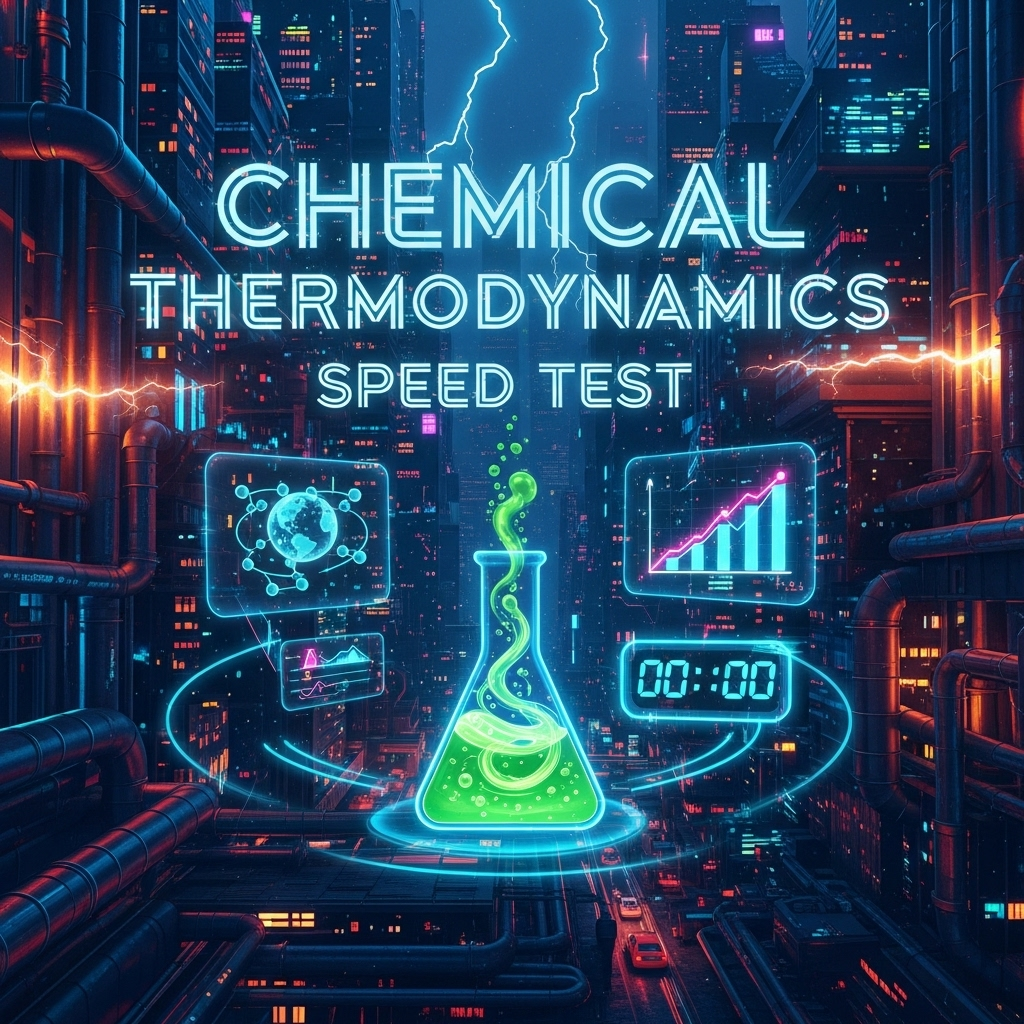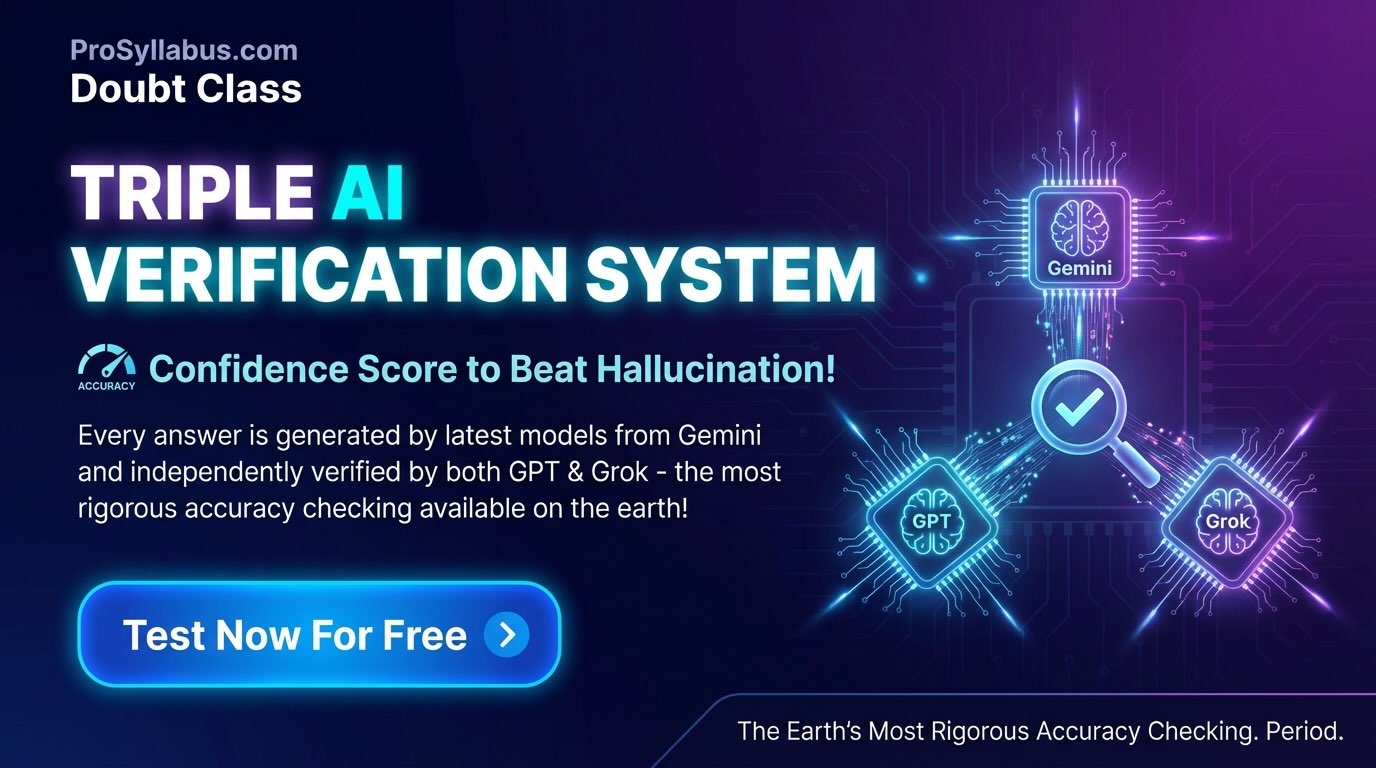Chemical Thermodynamics – Interactive Quiz & Cheatsheet
Understand thermodynamic principles, laws, and applications with this fun, interactive quiz and quick guide
Updated: 3 months ago
Categories: Mini Game, Chemistry, Class 11, Physical Chemistry

Chemical Thermodynamics Cheatsheet
Cheat Codes & Shortcuts
- System: Part of universe under study.
- Surroundings: Everything else outside the system.
- First Law: Energy cannot be created or destroyed, only transformed.
- Internal Energy (\( \Delta U \)): Total energy (kinetic + potential) of system.
- Enthalpy (\( H \)): \( H = U + PV \), heat change at constant pressure.
- Entropy (\( S \)): Measure of disorder or randomness.
- Gibbs Free Energy (\( G \)): \( G = H - TS \), spontaneity criterion.
- Spontaneity: \( \Delta G < 0 \) (spontaneous), \( \Delta G > 0 \) (non-spontaneous).
- Second Law: Entropy of universe increases for spontaneous processes.
- Standard Conditions: 1 atm, 298K, 1M concentration.
Quick Reference Table
| Term | Formula / Definition | Notes / Example |
|---|---|---|
| First Law | \( \Delta U = q + w \) | q = heat, w = work |
| Enthalpy | \( \Delta H = \Delta U + P \Delta V \) | Exothermic: \( \Delta H < 0 \), Endothermic: \( \Delta H > 0 \) |
| Entropy | \( \Delta S = S_{final} - S_{initial} \) | Greater randomness → higher S |
| Gibbs Free Energy | \( \Delta G = \Delta H - T \Delta S \) | \( \Delta G < 0 \) means spontaneous |
| Second Law | Entropy increases in spontaneous processes | Melting, mixing, diffusion |
| Standard State | 1 atm, 298K, 1M | Used in thermochemical data |
Advice
Step 1: Identify system and surroundings (closed/open).
Step 2: Use correct signs for heat/work (+ into system, - out).
Step 3: For reactions, check if exothermic or endothermic via \( \Delta H \).
Step 4: Calculate \( \Delta G \) for spontaneity.
Step 5: Entropy increases for mixing, heating, reactions producing more moles of gas.
Thermodynamics Quick Tips
- First Law: Energy is conserved; calculate \( \Delta U \) with sign convention.
- Gibbs equation: \( \Delta G \) at 298K shows spontaneity.
- Entropy trend: Solids < Liquids < Gases for S value.
- Standard enthalpy change: \( \Delta H^\circ \) at 1 atm and 298K.
- Spontaneity: If \( \Delta G < 0 \), process occurs naturally.
Thermodynamics Speed Quiz
Test your speed with 5 thermodynamics questions! You have 30 seconds per question.
Question: 1/5
Time left: 30s
Quiz Complete!
Your Score: 0/5

Group Discussions
No forum posts available.


